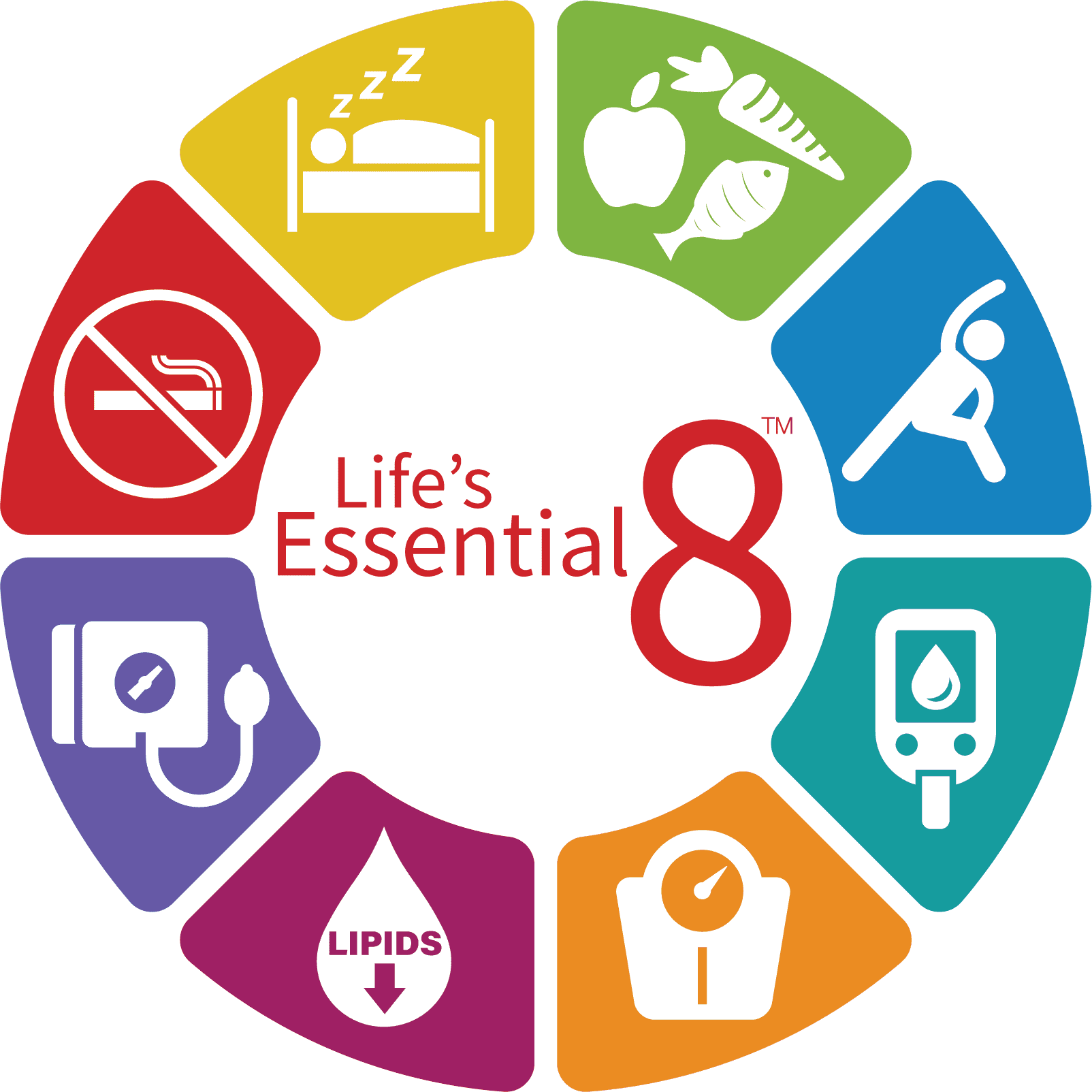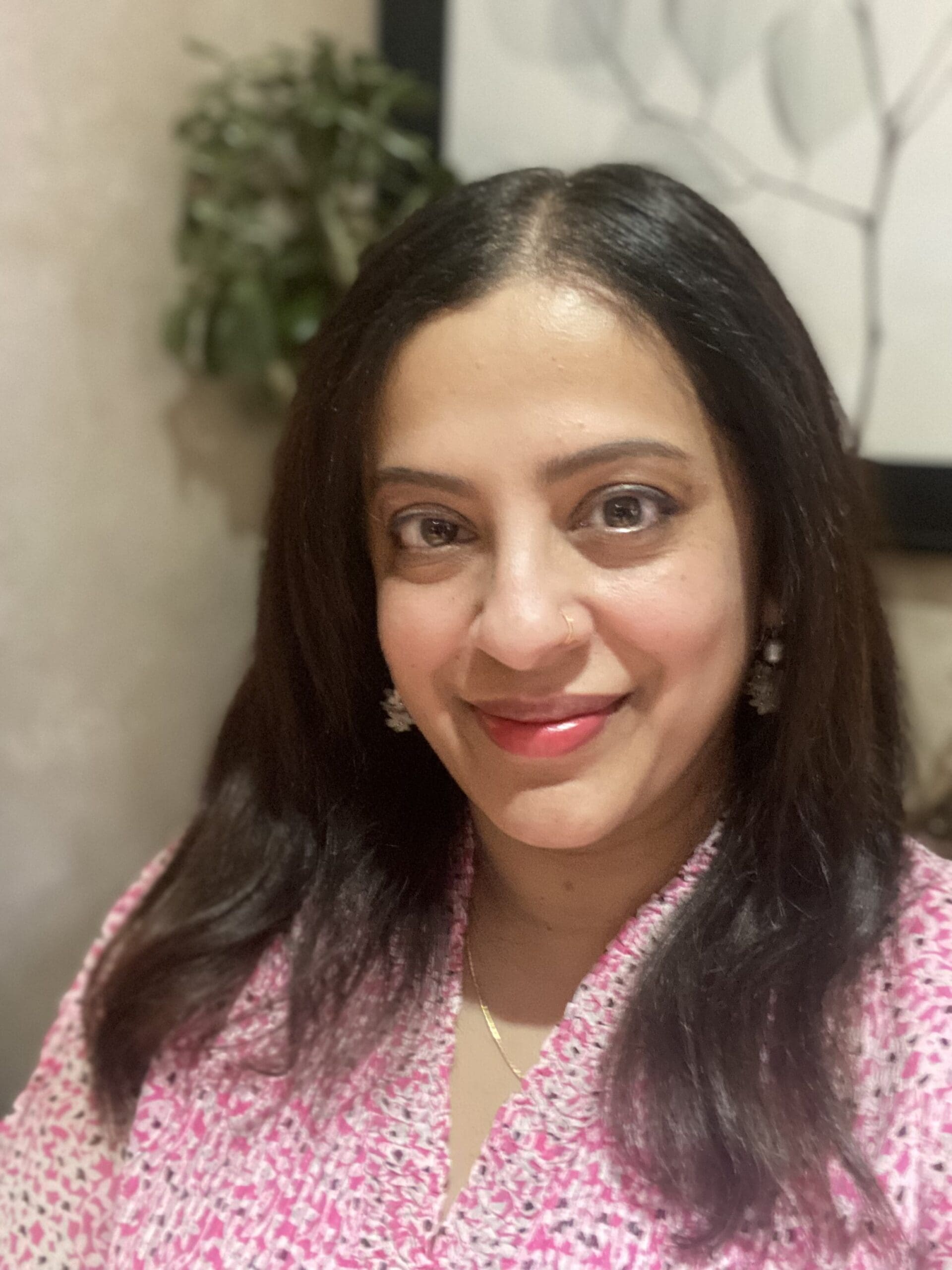When Dr. Amy Tucker first started practicing medicine 30 years ago, women were vastly underrepresented, both in medicine in general and in her specialization, cardiology.
“When I entered medical school, women were still in the minority,” said Dr. Tucker, who is now the chief medical officer at Upstate Medical University. “I’ve been in medicine long enough that I’ve seen a lot of changes. Women now make up over 50 percent of U.S. medical students… but women are still not well represented in cardiology. I’m hopeful that with more women in medical school, we may see an increase in women in cardiology, which would help meet the increasing need for cardiovascular care for patients in our society.”
The numbers back up Dr. Tucker’s assertions. A 2016 survey by the American College of Cardiology (ACC) found that just 20 percent of cardiologists are women. In addition, a group of papers published last year in the Journal of the American Medical Association (JAMA) Cardiology said women in cardiology are “underrepresented, underestimated, and undervalued” and are often subject to sexual harassment and wage disparities in the workplace.
“It’s still a male-dominated field,” said Dr. Theresa Waters of the Cardiovascular Group of Syracuse. “I really think [the field] needs a big makeover.”
The JAMA Cardiology articles, published May 30, 2018, included a survey of 4,850 internal medicine programs from nearly 200 residency programs (23 percent of whom responded), two “viewpoint” opinion pieces and an invited commentary on the survey. The survey itself, conducted by Dr. Pamela Douglas of Duke University School of Medicine, et al, cited eight major factors as most important in terms of professional development: stable hours, family friendliness, female friendliness, the availability of positive role models, financial benefits, professional challenges, patient focus, and the opportunity to have a stimulating career.
The results of the survey were telling: Women were more likely than men to have never considered going into cardiology and less likely to have chosen cardiology already. Women were also more likely to view cardiology in a negative light than men.
With heart disease listed as the No. 1 killer of women, why aren’t more women specializing in its treatment? The answer is multifaceted. But local doctors believe changes are on the horizon that could bring more women into the field.
No honeymoon period
Many women are deterred from the specialty by reports of discrimination. The JAMA papers included three opinion pieces that highlighted inequities female cardiologists faced in the workplace, the most prevalent being questioned during interviews about “her so-called biological clock.” According to one of the reports, nearly half of women surveyed reported being asked about their intentions to have children and whether it would affect their commitment to the program.
Theresa Waters can attest firsthand to this kind of discrimination. She had both of her children during her fellowship faced “a lot of resistance” from some of the doctors under whom she was training.
“One of the cardiologists I was training with, he found out that I was pregnant,” Dr. Waters said. “He was like, ‘Are you going to be a stay at home mom now? Are you going to quit your fellowship?’ I was like, ‘Not really. I’m still going to work.’”
Dr. Waters said the training system itself is designed such that it’s unfriendly to mothers.
“The academic year in medicine goes from July 1 to June 30,” she said. “So when you finish your residency on June 30, you’re expected to start fellowship on July 1. And if you have a baby in your residency, or you get married and take some time off, you don’t finish on July 1.”
Maternity leave or a honeymoon can throw off that cycle and force you to make up the time, she said. She herself had to finish her fellowship in September.
“If you’re off cycle, it might be harder to go through the match and all those types of things,” she said. “Now, the programs are trying to be accommodating. But in reality, if you show up at an interview for a cardiology fellowship and you have a woman who’s pregnant that’s going to start Sept. 1, or a male who can start July 1… Is there a hidden bias there? I would say probably.”
JAMA’s viewpoints section also included a piece from Dr. Rashmee Shah of the University of Utah School of Medicine, Salt Lake City on the wage gap between male and female cardiologists. Over a 35-year career, Dr. Shah wrote, a woman in cardiology will earn $2.5 million less than a man — a total of $11.2 billion in gross earnings.
While overt discrimination is much more widely recognized, Dr. Amy Tucker noted that there are other forms of prejudice that bear discussion.
“I think that taking a hard look at implicit biases is the next frontier in removing the barriers to women and other underrepresented populations succeeding in careers like cardiology,” Dr. Tucker said, “things like being overlooked for an opportunity, such as a speaking engagement or promotion, not being able to find an engaged mentor, or not having a champion through your career. Those types of unintentional barriers need to be examined and reduced to open opportunities for a variety of individuals, including women, to be able to thrive in careers that they love.”
Work-life balance
But the biggest deterrent to entering cardiology — for both men and women in the medical field — is the amount of work required. In order to pursue cardiology as a specialty, one must first receive a bachelor’s degree, then attend four years of medical school. Next comes a three-year residency. Then — assuming you qualify — it’s on to a three-year fellowship, plus additional training if you want to specialize.
“You basically have to put in a lot of time up front,” Dr. Waters said. “It’s one of the most competitive sub-specialties to get into.”
Dr. Priyanka Pitroda, who is in her final year of her cardiology fellowship at Upstate, said that time commitment might deter some women who want to have a family.
“I think mainly it’s really that stigma that people think that there isn’t really a work-life balance,” she said. “And if people don’t have a clear idea of what their goals are with regards to family planning, things like that, it can get challenging.”
Often this burden falls more on women than men.
“Women tend to take more of the part in raising their child and then having to take care of parents,” said Dr. Luna Bhatta, an electrophysiologist at Upstate. “It’s a lot of responsibility and it can make them less likely to give more time and to this demanding field. The field is very demanding. You cannot have both without some compromise and sacrifice.”
But this isn’t just a problem for women.
“I think this is becoming more of an issue not only for women, but for men as well,” said Dr. Tucker. “I think physicians coming up through training now are really insisting that they are both fulfilled by their work, and that they achieve a work-life balance.”
She noted that more and more companies are looking at restructuring so that their employees can have more of a balance.
“There are organizations now that are beginning to look at job sharing, flexible hours, and ways to support child care and time off the clock,” she said.
Dr. Waters said she enjoys such an arrangement in her workplace. The only female in her practice, she doesn’t work fewer hours than her partners, but she has a more flexible schedule.
“I work four days a week, and I still do an even amount of calls. I’m working one weekend a month,” she said. “It’s that running around and long hours still, the days that I’m there. But I’m not at work seven days a week.”
Dr. Waters also noted that state and federal family leave laws may change to make things easier for working moms.
“I still think that cardiology has a way to come,” she said.
Women helping women
While achieving some kind of balance will go a long way toward evening the gap, there’s plenty that women currently in cardiology can do to encourage others to enter the field. It starts with simply supporting other women.
“Mentorship was really important for me in defining my career,” Dr. Tucker said. “And I think that having strong mentorship along the way is going to be a big game changer for women who are considering the field of cardiology.”
Dr. Pitroda said that mentorship should start early.
“It’s important while you’re in training in maybe medical school, but really having strong systems in place while young women are still in college or thinking about career choices, I think is really important,” she said. “So we can hopefully do more to create a mentorship program and do preceptorships where maybe people that might be interested can shadow a female cardiologist one day.”
Dr. Tucker said early education and intervention is key to pointing women on the path toward the sciences.
“STEM programs, starting very early, are a great way for girls, and other students for that matter, to see if a passion for science and technology can be ignited in the early ages,” she said. “It helps reduce the intimidation around these subjects, especially for women, who haven’t really been traditionally encouraged to pursue science and technology.”
The future looks bright
While women may still be underrepresented in cardiology, the doctors at Upstate don’t think that will be the case for long.
“There are more women joining the field and wanting to reach that whole woman,” Dr. Pitroda said. “But also, it’s important to note that there are more women joining the subspecialty fields of cardiology, which were predominately initially thought of being more male-dominated, things like interventional cardiology, electrophysiology, which are an additional one to two years after your three years of training.”
Dr. Bhatta, the electrophysiologist, agreed.
“The program I’m at always encourages women,” she said. “That’s one thing I have a lot of hope for. They’re doing well so I’m hopeful it’s just going to get better.”
Getting more women into the specialty will benefit both patients and hospitals, particularly as doctors try to pay more attention to heart disease in women.
“A lot of women patients prefer women cardiologists,” Dr. Bhatta said.
Dr. Pitroda agreed.
“There’s that connection and that element of relatability with the cardiologist or with their provider,” she said. “And women can bring a different aspect to the table. Diversity itself is very important. We have new ideas, innovations, different areas of expertise and people coming from different training institutions, and bringing different experiences to the table.”
Moreover, more women in the field means, quite simply, more doctors.
“Right now, in addition to having a projected shortage of doctors in general, cardiology is projected to have a shortfall in physicians,” Dr. Tucker said. “Half of cardiologists are over the age of 50, so there’s a need to have more cardiologists to meet the demand that we have now. And there will be higher demand in the future as baby boomers age.”
While it’s a tough road, Dr. Waters said the hard work is worth it.
“If you want it, you can do it,” she said. “It might take you a little bit longer, you might have to give in a little bit here and there. But you know what? If you want it, you can do it. I always say the sky’s the limit.”






First of all, I am very thankful to you. It is very glad to read the article. This article helps people to gain their knowledge in a specific field.
I would like to share some details where it helps the people to gain knowledge
https://registerednurse.nursingconference.com/